Last week I had to pleasure of doing a webinar for a couple of Education customers who were interested in maximizing their investment in the Microsoft Azure Cloud service. For years I’ve worked with Education customers on getting started in Azure so this was right up my alley. Once a customer purchases an Azure commitment, it’s sometimes hard to figure out how to get started. Some customers want to replace a data center with Azure but most want to get started with a simple workload that makes sense to have reside in the cloud. In this webinar, I go through some of these workloads and then take a tour of the Azure portal, showing off some of the basics like building a VM or setting up a backup. The webinar can be viewed here and for those who are interested, I’ve documented these workloads below.
Authentication in the Cloud: Many customers have migrated their email to a SAS solution like Office 365 but are still authenticating their users on-premise. By moving the authentication source to Azure, users can still access their email even if the DC is offline. With Office 365, this can be done by using Password Sync or hosting ADFS in Azure along with a DC.
Backup in the cloud: Historically backups are done disk to disk to tape. Tape being the obvious weak link. They are expensive, have to be maintained, and for true DR, must be housed offsite. Almost all of today’s backup solutions include a cloud connector which allows users to store backups in Azure ether replacing or complementing the tape backup. Microsoft itself has two different backup software options: System Center DPM which does disk to disk to tape/Azure or Azure Backup Server which does disk to disk to Azure. Azure backup Server is free of charge for the software, only cost is the backup and storage in Azure.
Websites: Many customers still house their public facing websites in their local DC. To provide improved DR, it makes sense to house websites in the cloud, especially public facing sites since their audience is internet based. Azure can house sites as simple as IaaS (just hosting VMs running the site) to true PaaS sites with many different venders available.
Azure Site Recovery (ASR): For customers requiring true DR meaning a complete replicated copy of their VM to another site, ASR is a very easy solution to implement and supports VMWare, Hyper-V, and even physical servers. Also for those migrating VMs to Azure, note that ASR is the easiest way to migrate VMs to Azure and Microsoft does not charge for the service if used less than 30 days.
Last but not least, Azure Security Center which also included OMS. This service is easy to use and can manage resources in the cloud (including AWS) and on premise.
Planet Technologies is available to help with each of these resources and has specific offerings that can make implementing them more efficient. Please contact us to discuss. Follow us on Twitter at @PlanetCloudStrt

